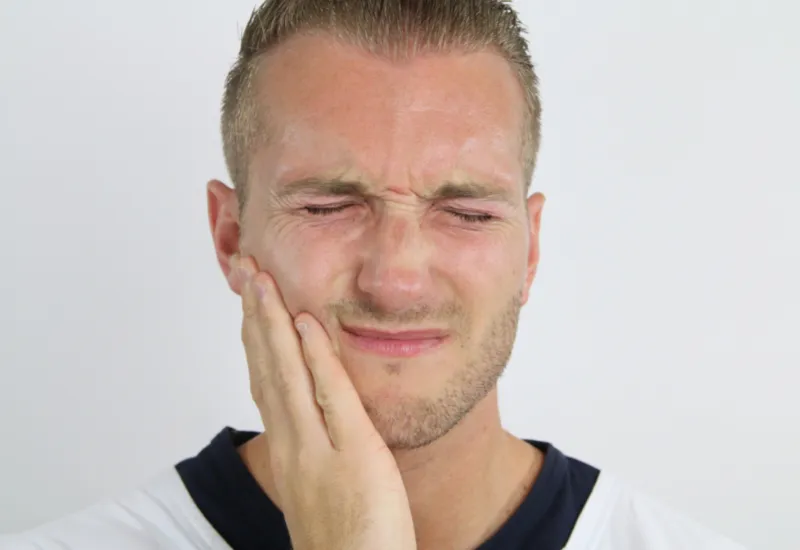Quick Links
For Patients
For Physicians
- Refer a patient to a specialist
- Order labs for patients
- Order radiology for patients
- Order At-Home Services
- Get your practice listed
For Companies

© Copyright 2024 American TelePhysicians. All rights reserved.




Gingivitis is the medical term for inflammation of the gingiva or gums, the soft tissue surrounding your tooth structure. It is the most prevalent gingival disease. Unlike periodontitis which is inflammation of the supporting tissues surrounding the tooth, gingivitis is reversible in most cases and can be treated with proper maintenance of oral hygiene.